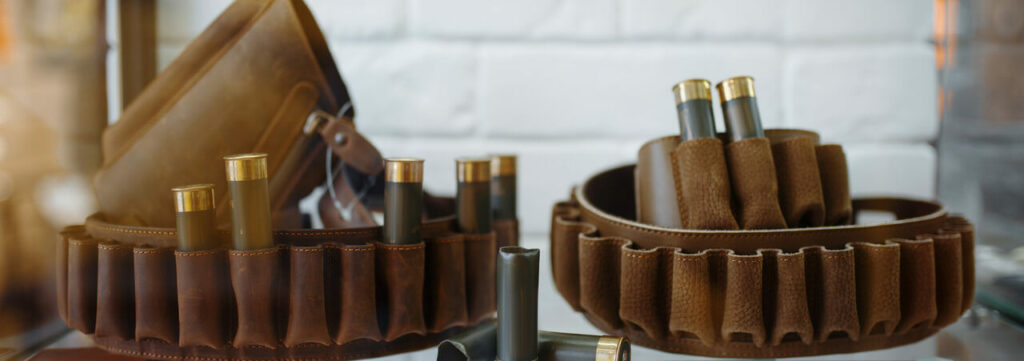In gun manufacturing, perhaps the most important aspects of any gun design are the materials and production process. Choosing the right materials can balance the overall performance of a gun while the right production process maximizes the benefits of each material. Firearms manufacturers conduct a lot of research to find the right combination of materials and production practices to make the best firearms for any particular purpose. Here is a look at gun materials and production.
Steel vs. Aluminum vs. Plastic
There are many materials that are used in the firearms manufacturing process, but the majority of guns are made using steel, aluminum, and plastic. Steel is the heaviest and strongest option and is chosen for its tensile strength (i.e. the ability withstand stretching) and its compression strength (i.e. the ability to withstand compression). Since it is stronger than the other materials, it is most likely to be used on more powerful guns. Plus, steel is easy to work with for manufacturing and finishing purposes.
Aluminum is a lighter metal than steel and provides a balance between steel and plastic. It is weaker than steel making it more likely to wear out under the stress of repeated use. However, the weight savings are important to the usability, accuracy, and overall function of the firearm. Plastic is the lightest and weakest option. While it may not be sturdy enough for heavy firearm use, it is corrosion-resistant. This makes it a great choice for guns that are consistently exposed to the elements.
Combining Materials
In most cases, guns are made using a combination of materials. For example, steel can be used for high-stress components, like Stainless Steel Trolling Wire or barrels, while aluminum can be used to make a light frame, and plastic can protect the frame from the weather. Mixing the different materials can reduce the overall weight of a firearm while making it more durable in different situations. Firearm manufacturers take this into account when determining which components can be made out of different materials.
Manufacturing Processes
The way that materials are processed is also important to how the final product will work. Some of the methods used to make guns include:
Machine-based Manufacturing
The development of high-accuracy automated machining systems makes it possible to build guns or their components entirely by machines. This process is more accurate and makes it easy to standardize the manufacturing process, creating a more consistent quality.
Injection Molding
Injection molding allows for precise and strong parts manufacturing without wasting materials. The material is heated until it melts, then injected into a mold at high pressure. That pressure compacts the material making it denser and stronger. When it cools, the mold is opened and the fully-formed part is removed. This makes parts more uniform down to an atomic level, making them stronger. It wastes very little material as well, making it more cost-efficient to product parts.
Casting
Casting is similar to molding where a melted material is placed in a mold and left to cool. Casting is the traditional method and is still widely used. However, it lacks the high pressure of injection molding, making parts weaker but lighter.
If you want more information about gun manufacturing, contact Lakeshore Guns. Our staff members can help you learn more about the firearms that you are interested in.

